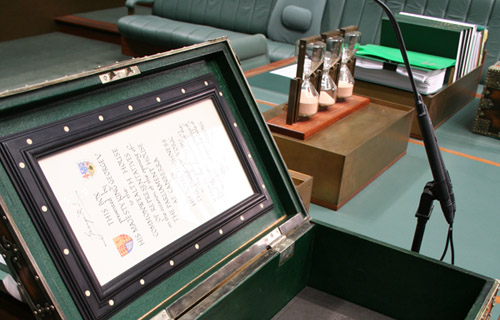The coronary arteries supply the heart muscle with blood. A contraction here can cause serious health problems such as chest pains and heart failure. Treatment consists of a stent or catheter that pushes the artery open from the inside, or an arterial bypass. Which of these two treatments is most ideal for a specific patient is difficult for the doctor to predict. Biomedical engineers of TU/e have therefore developed a computer model that allows the doctor to virtually test both treatments and so draw up a more targeted treatment plan.
This is the reality of the future: engineers working in the hospital and doctors using mathematical models. TU/e-researcher Frans van de Vosse and cardiologists from the Catharina Hospital in Eindhoven, among others, have been working together successfully for years to improve patient care. This also applies to constrictions in coronary arteries. Van de Vosse has developed a model that is able to estimate the consequences of the various treatments. The spin-off AngioSupport now brings this model from the university to the clinic.
Researchers Bettine van Willigen and Tim van de Boom have both graduated within the Van de Vosse group, and are two of the founders of the spin-off. They work in close collaboration with the Catharina Hospital in Eindhoven to test their model. The spin-off generates a 3D computer model for this hospital for every patient with coronary artery blockages. The doctor can virtually test his treatments on this model. In this way he can see within seconds what the result of each treatment is. This helps enormously in choosing the right treatment. With the recently awarded NWO Take-off subsidy of 50,000 euros for AngioSupport, a feasibility study is currently being carried out to make the product even more market ready.
An engineer’s view of the human body
The use of mathematical models in medicine is exceptional. Traditionally, medicine makes use of the results of population research, the medical data of the patient and the experience of the doctor to come to decisions. Together they determine the most ideal therapy for the individual patient. However, in recent years mathematical models based on proven physical laws have demonstrated to be a very valuable and reliable source for doctors.
Engineers like Van de Vosse have been using models for years to determine the future behavior of a process or design. They analyze the process, and the external factors that influence it, and put this together in a computer model that provides them with a clear insight into the functioning of the process. In this way, the engineers quickly calculate complex systems with many influencing factors and learn to influence the system by turning the knobs. The model calculates future behavior and learns to adjust to external influencing factors. By adding current measurements as input, it becomes clear which (medical) interventions lead to desired behavior of the (cardiovascular) system. This process of dynamically optimizing processes is called Model Predictive Control.
Eindhoven University of Technology has been particularly successful in the diagnosis and treatment of cardiovascular diseases. The engineering models have been embraced by cardiologists and are now used in clinical practice. For example, the model to compare treatments of constricted coronary arteries, but also a model to predict rupture of aneurysms, and a model to predict the success of surgery in kidney dialysis patients.
Strong cooperation between TU Eindhoven and medical partners
Van de Vosse devotes his university career to the successful introduction of predictive models in clinical practice. The use of the models in the physician’s decision-making requires thorough interdisciplinary research and development at the interface between medical and engineering sciences. To this end, Van de Vosse has forged strong links with cardiologists from the Catharina Hospital and Máxima Medical Center in Eindhoven, among others. He also works with clinical, industrial and scientific partners in international consortia.
Strong cooperation and a solid step-by-step plan have made this research so successful. Together, the partners are working on a whole step-by-step plan to achieve clinical use. They go through model development, verification and characterization, implementation with patient-specific input from the clinic, introduction with an eye for medical protocols and medical and ethical aspects and optimization and personalization with attention for uncertainties in the model. Ultimately leading to extensive testing of the use of the model, after which certification for clinical use can follow.







